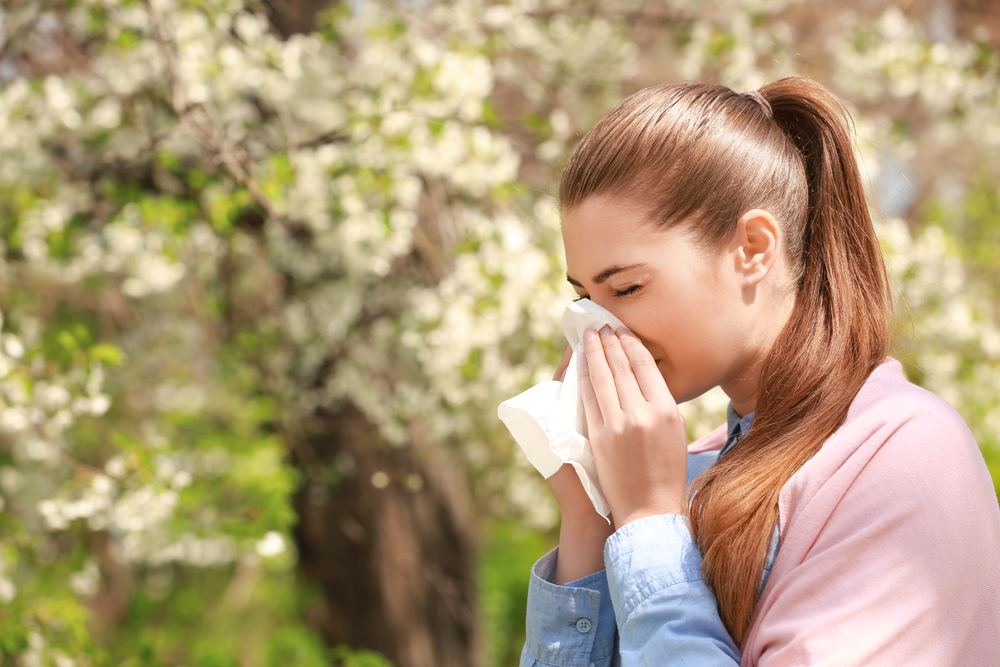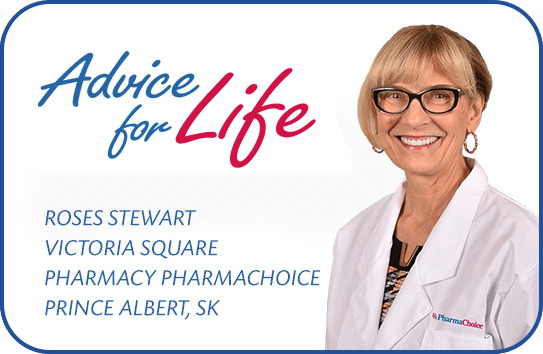Not at your best until summer arrives? Does springtime tend to bring on a runny nose, or a cough? Seasonal allergies can worsen over time and with repetitive exposure to the trigger. Allergies can be short, lasting only a week or extend for the entire season. Allergy symptoms include itchy or stuffy nose, irritated eyes, and perhaps worsening symptoms that can affect breathing. Did you know that allergies left untreated can lead to infection, or worse issues like asthma and sinus problems?
Common causes of seasonal allergies include grass, pollen, and mold. Symptoms appear about the same time each year and may last a few weeks to months. A person can be allergic to a specific or variety of tree or flower pollen, or to something like snow mold. Hence, the variety in start and length of spring allergies. Another season where allergies are common is late summer or fall, as crops are ripe for harvest, plants, dust and earth are being stirred up.
If you suspect you have seasonal allergies, they will appear annually at about the same time each year. They may also worsen from year to year, and perhaps increase in length if you acquire more allergies. If you do have a seasonal allergy, make preparations prior to experiencing symptoms. You can prevent an allergic reaction by avoidance, minimize symptoms by reducing exposure to the trigger (allergen), take allergy medication before exposure, or address allergy symptoms that have started. The goal is to prevent or at worse, reduce severity and length of symptoms. It’s best to do everything you can, as soon as possible.
To avoid an allergy, you need to know what the trigger is. Keeping a diary of the start date and end date of symptoms may help. Is it worse when you are indoors, or when you are outdoors? When symptoms start, does it coincide with snow melt or activities that you are starting, like raking the grass? Once you determine this, you can either avoid the allergen, or minimize your exposure.
It is best to minimize exposure and avoid having the allergen in your home. Launder clothing exposed to the allergen immediately, shower after exposure, mop floors (versus sweeping), reduce dust trapping and carpeted areas where possible. Preventing and reducing exposure to potential allergens is best practice. Avoid airborne particles which may carry allergens, perhaps cleaning or wetting surfaces in your work area may be necessary. Water the lawn before gardening might reduce your symptoms if pollen or dust is a concern. Wearing a good fitting mask (N95 or KN95) may also reduce allergen exposure where warranted. If avoiding an allergen is not possible, or symptoms still persist, you should seek treatment from a healthcare professional.
You can prevent or reduce symptoms by taking an antihistamine. Always try to take antihistamines before exposure to the allergen and continue for the duration of the exposure. For some, an antihistamine should be used for an entire season. Your goal is to prevent histamine release in your body, which your body releases in response to the allergen. It is histamine that causes a series of actions which present as allergy symptoms. As long as the allergen is present, histamine will be released – hence the need to continue daily antihistamine treatment for the duration of an entire season in some cases. It is quite safe to take an antihistamine for several weeks, and certainly safer than allowing an allergy to go untreated.
Did you know that long acting antihistamines are best to treat seasonal allergies? Not only is it easier to remember to take a once daily dose, but it does a better job of preventing allergy symptoms from appearing. In some cases eye drops or nasal sprays may be used, either in addition to an antihistamine or alone. Your pharmacist can assist with selection of antihistamine, eye drops or nasal sprays best suited to your condition and symptoms.




